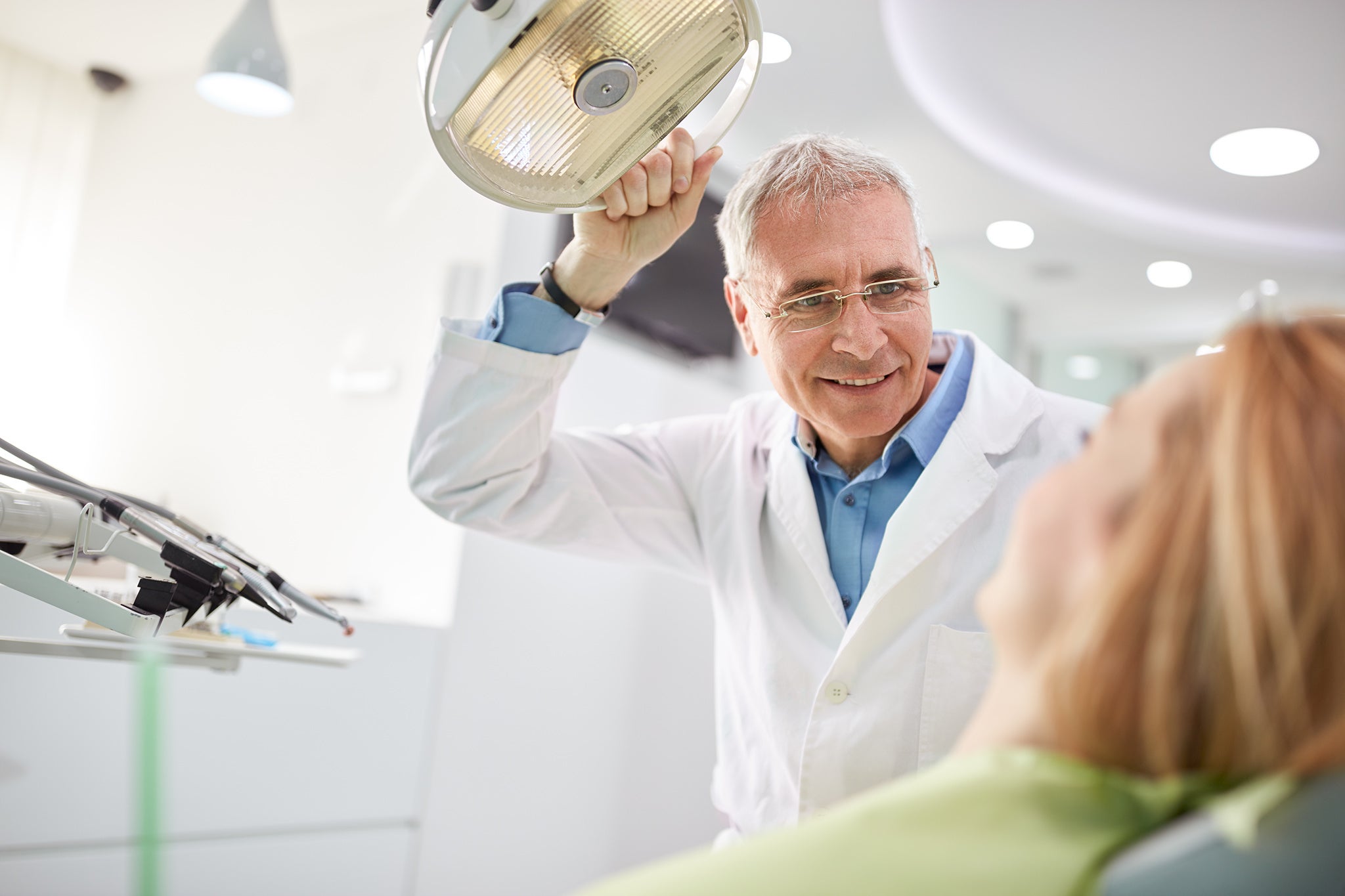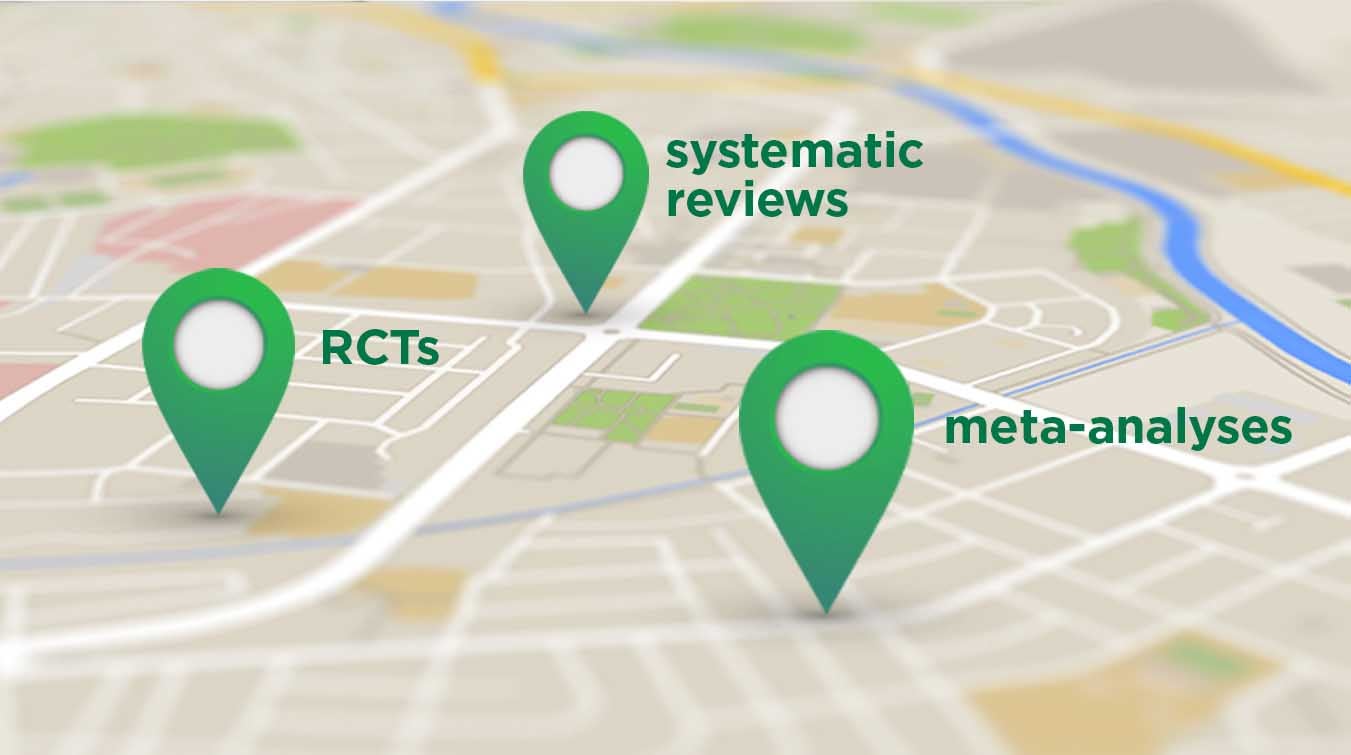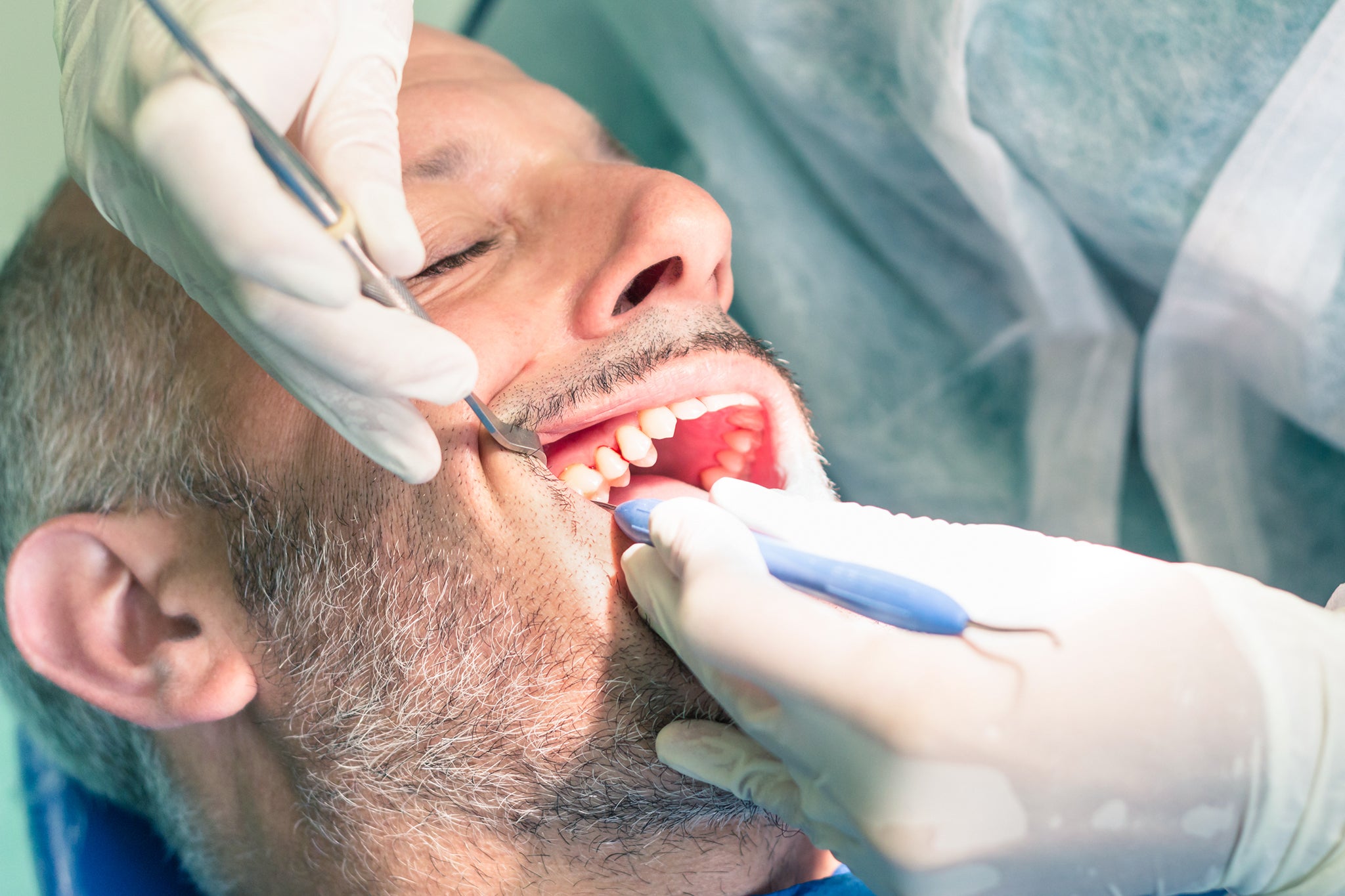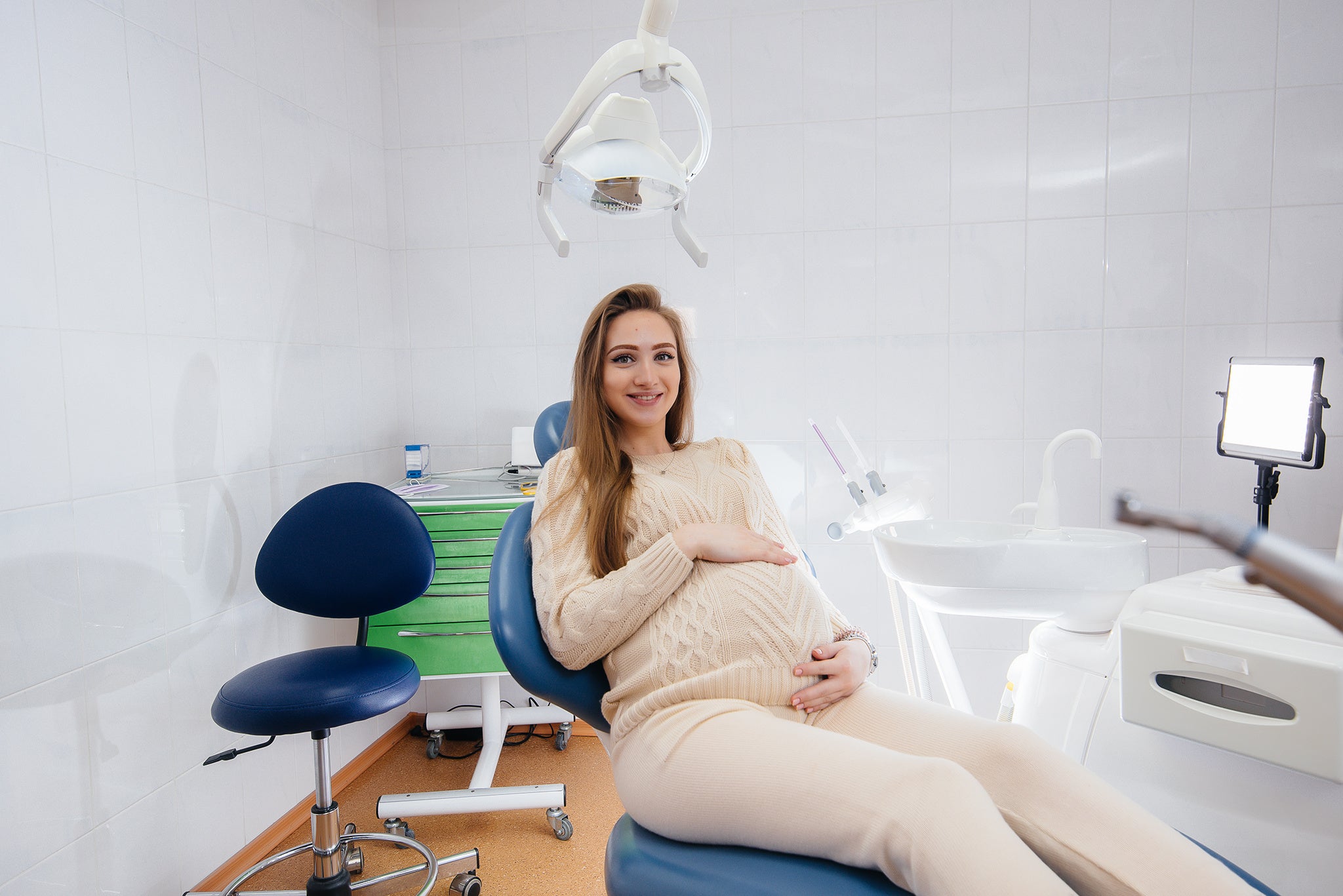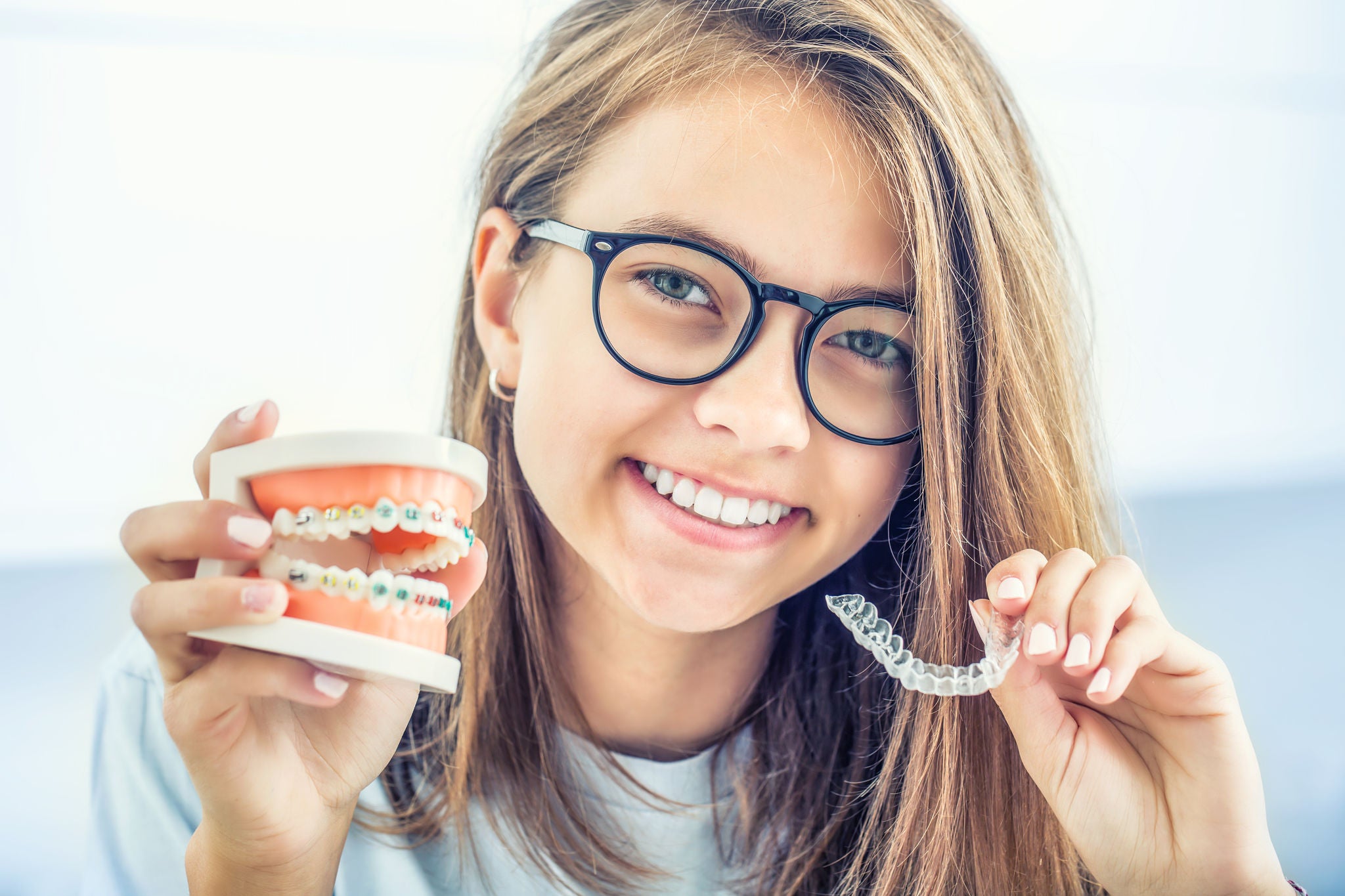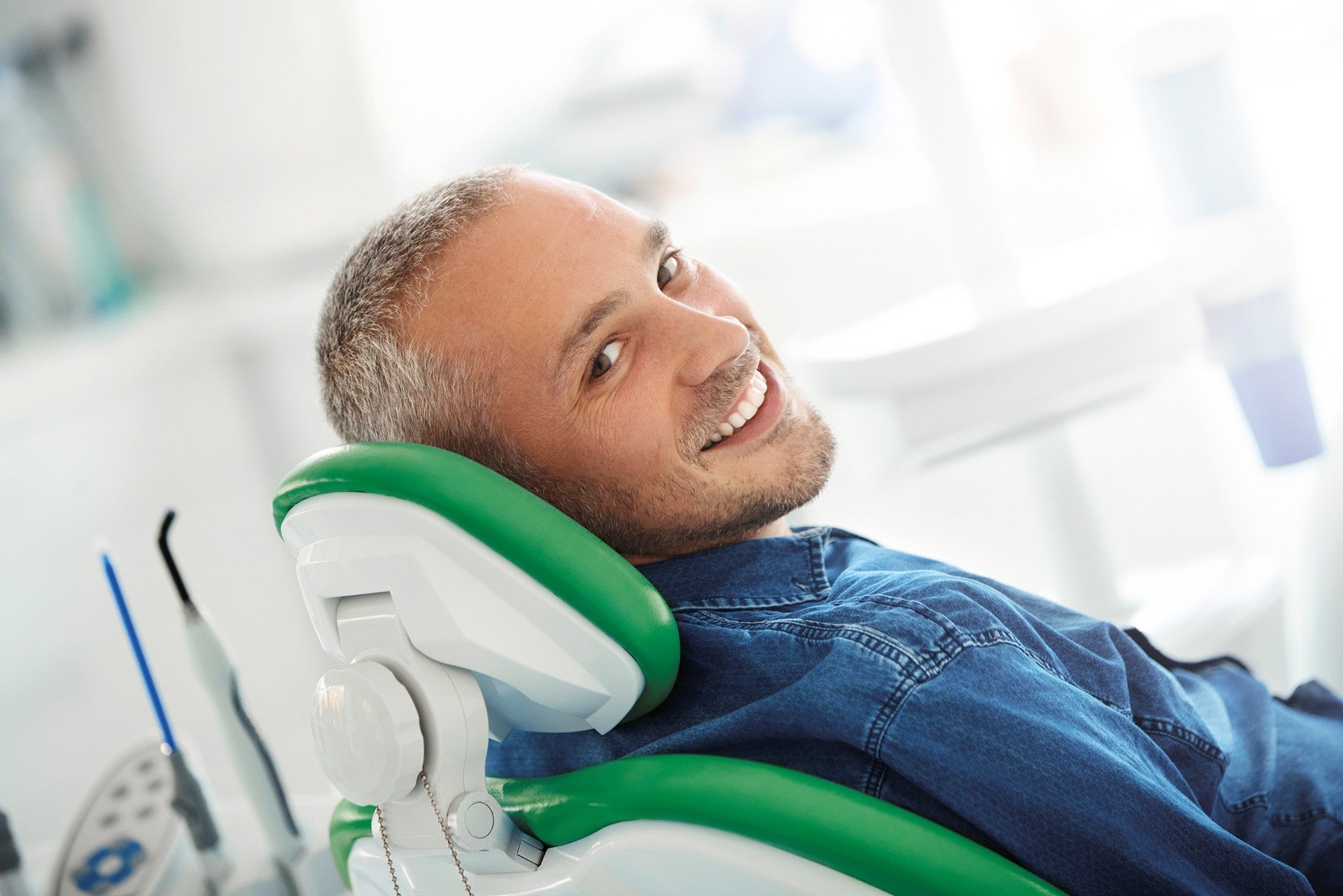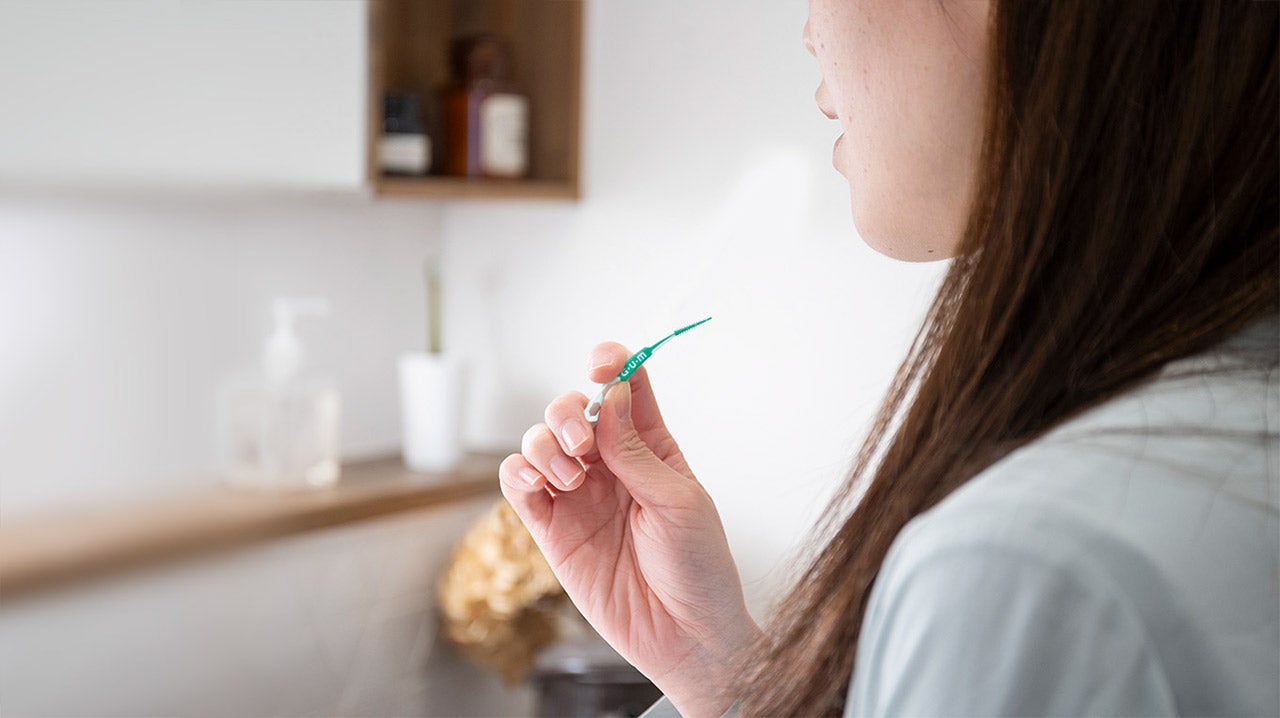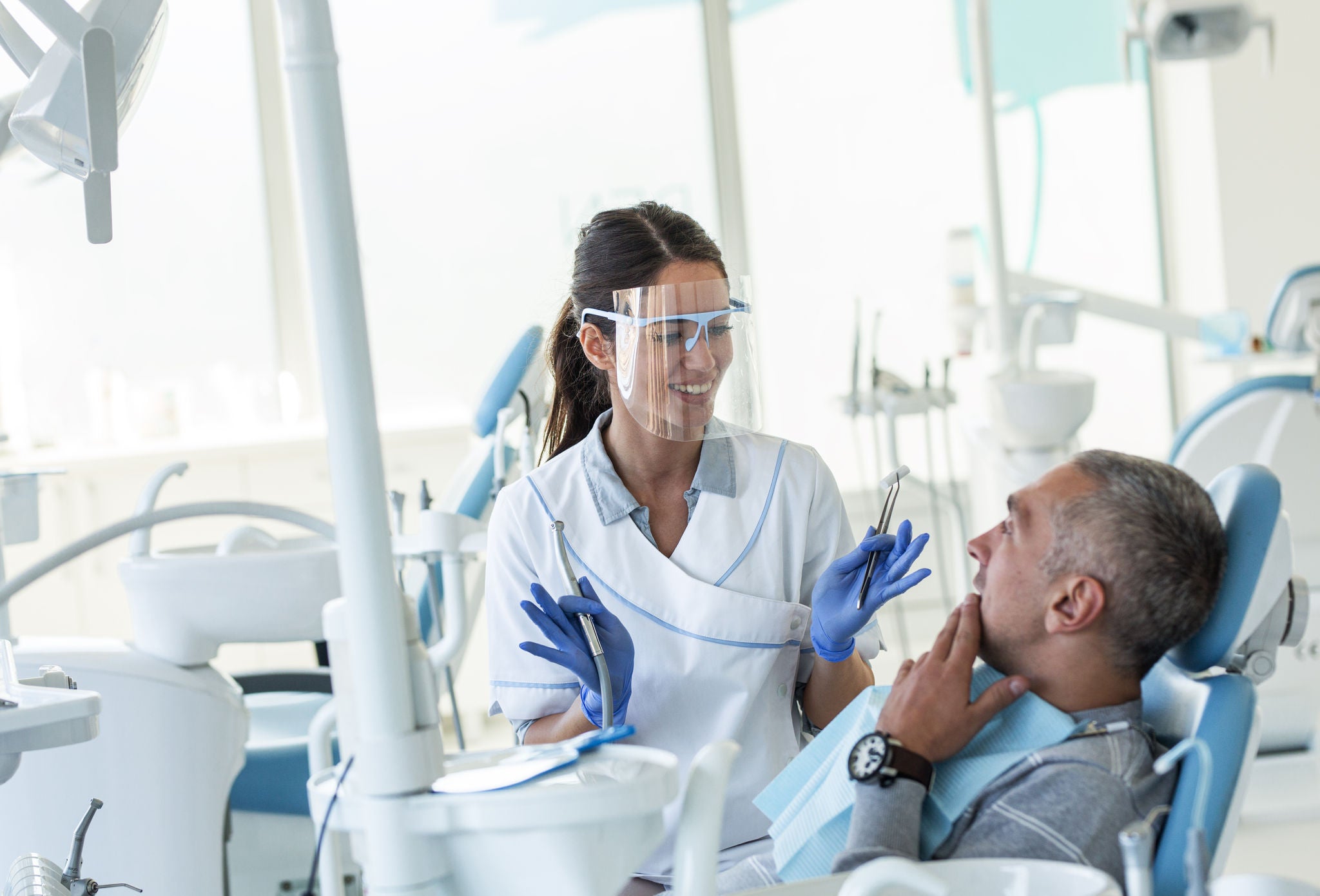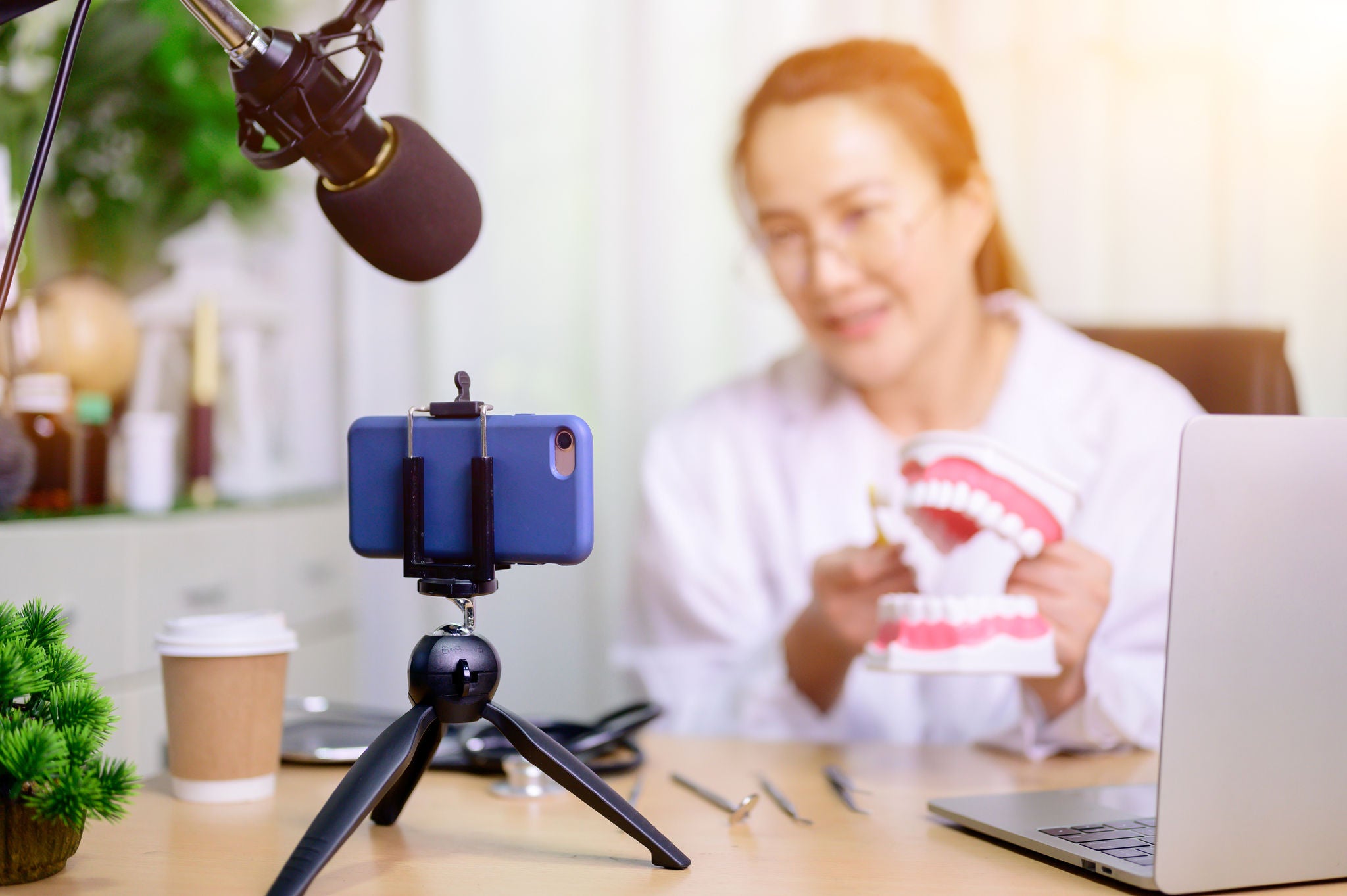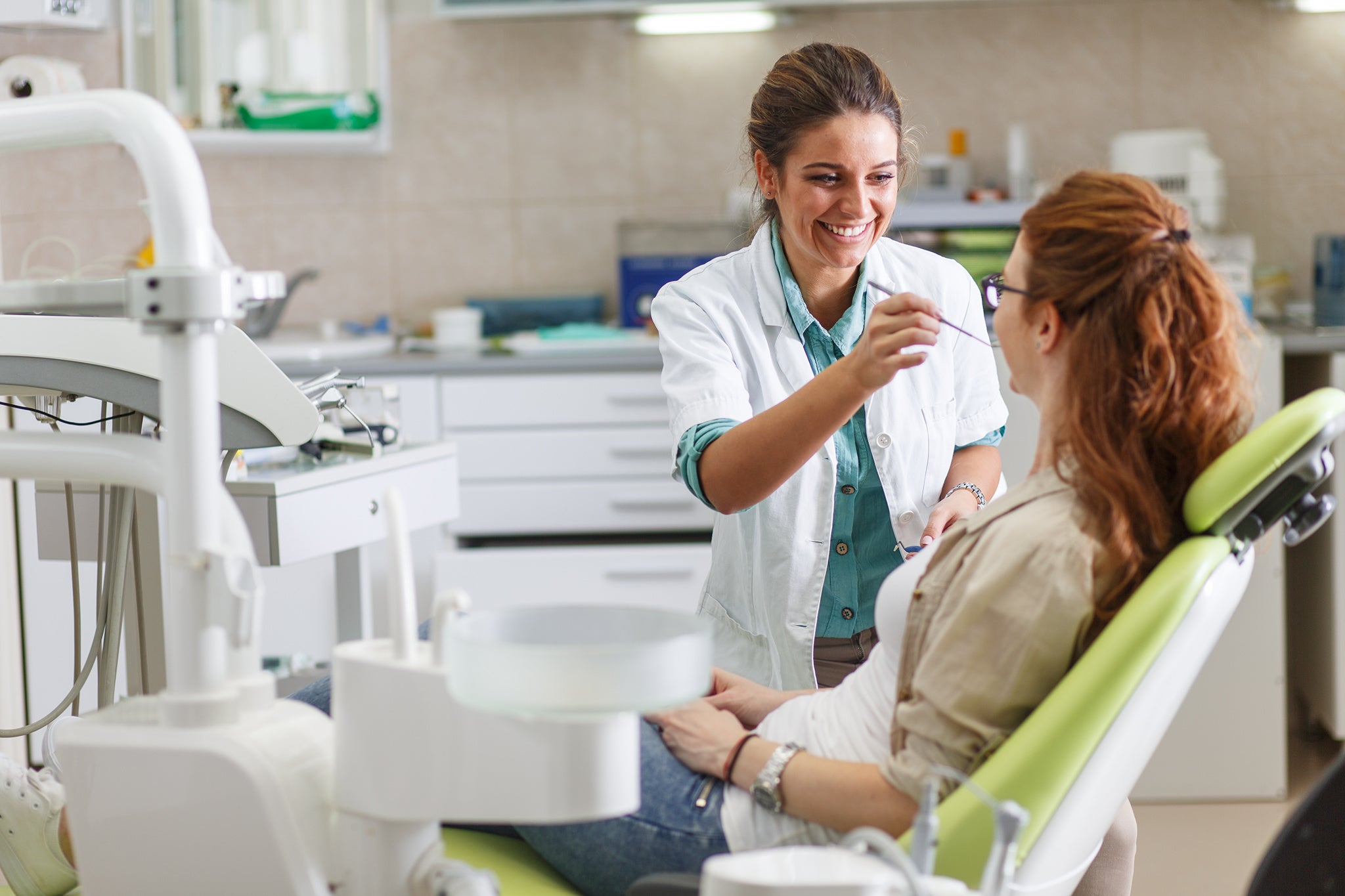
Why More Pros Are Embracing Minimally Invasive Dentistry
Invasive procedures are commonplace when it comes to remedying issues and diseases of the mouth. From root canals to TMJ surgeries, patients often expect a surgical approach when facing severe conditions. But while dentists are perfecting these procedures, another ideology has been gaining traction and popularity: minimally invasive dentistry (MID).

According to Dan Ericson’s abstract from 2004, “Minimally Invasive Dentistry is the application of ‘a systematic respect for the original tissue.’" For example, “preservation, preferably by preventing disease from occurring and intercepting its progress, but also removing and replacing with as little tissue loss as possible.”
Minimally invasive dentistry is emerging as the new norm for procedural approach in the dental profession in all its fields, from restorative dentistry to endodontics through periodontology, as it preserves natural tissues for a longer time (even if a more invasive approach may be needed at a later stage) while ensuring less risk for the patient as well as long-term health of the mouth.
Minimally Invasive Dentistry in Restorative Dentistry
When thinking of MID, it is often first directly associated with measures in managing dental caries: preventive methods like water fluoridation or campaigns to eat less sugar/drink less soda pops at a community level, but also curative measures like repair of restorations rather than their replacement at a patient level (Frencken et al., 2012). The latter is tied to the advances in the adhesive technologies and development of new biomaterials in the last decades that allowed recurrent predictable outcomes and prognosis.
“In the past, the standard was to wait until the lesion was big enough to be worth being drilled into” said Professor Jin-Ho Phark of USC. “With the new technique, we can stop the cavity early on and prevent it from breaking down and needing a filling at a later time.”
According to Ericson, “The introduction of predictable adhesive technologies has led to a giant leap in interest in minimally invasive dentistry. The concept bridges the traditional gap between prevention and surgical procedures.”
Indeed, as evoked in the 2020 policy statement of the FDI World Dental Federation, existing defective restorations should be assessed for a minimal repair of their defective part rather than for their complete removal and replacement that may lead to more removal of sound tissues during the cavity preparation, even possibly compromising the tooth vitality. Besides slowing down the restoration cycle in the lifetime of a tooth, repair may also allow a less expensive treatment.
Of course, not all restorations can be repaired, and minimally invasive restorative dentistry should be assessed on a case-by-case basis.
Minimally Invasive Dentistry in Periodontology
But as MID is a philosophy to save the teeth and keep them healthy and functional in the mouth of the patient for as long as possible, it is applicable to all the other fields in dentistry, like periodontology, as evoked in a report of a FDI task group (Frencken et al., 2012).
“[Minimally invasive dentistry is tied at] all the steps of the periodontal treatment, from the very beginning, the prevention phase, until the final steps. Being minimally invasive means to understand the periodontal problems and to solve them taking the necessary time that the biology needs, saving the natural teeth and tissues applying customized therapies as less aggressive as possible,” says Dr. Giulio Rasperini, specialized in periodontal surgery.
Indeed, as MID also includes applying preventative methods before major damage occurs, it makes the approach inherently preventive, before being curative. Preventing the onset, aggravation, or resumption of periodontal diseases with an adequate oral hygiene regimen to remove plaque will help avoid further treatment steps.
But when treatment phase is needed, Dr. Rasperini also encompasses in MID in periodontology “diagnosing the tissue phenotype and selecting the proper methods and instruments for biofilm and calculus removal. In case of thin or medium phenotype we must avoid techniques and instruments that will cause tissue shrinkage, trying to use a flapless approach as much as possible, regenerate the interdental attachment when lost considering also the soft tissues, reduce the number of interventions, and cover the gingival recessions.”
Recent studies show that a minimally invasive approach in indications where a surgical approach may have otherwise been standard is also assessed.
Nibali et al. for example, published in 2019 an article analyzing the clinical efficacy and potential applicability of a minimally invasive non-surgical vs. surgical approach for the treatment of periodontal intrabony defects.
That said, less invasive does not mean non-invasive. As Dr. Rasperini puts it: “Sometimes the less invasive approach may still be [an] invasive [one] and to be minimally invasive doesn’t necessarily mean to do small flaps.”
As for restorative dentistry, the latest advances in surgical techniques and in biomaterials have certainly also allowed for more and more minimal in periodontology. According to Dr. Rasperini, the most critical recent advances or innovations are the flapless periodontal therapies which help the pockets heal completely, with the appropriate healing time. He also evokes the development of growth factors that can be applied flapless or with a minimal surgery. And although the correction of soft tissues still requires larger surgeries, the development of bone and soft tissue substitutes reduced the need for harvesting autogenous grafts, and this has been a big improvement in terms of invasiveness, he recognizes.
Less Invasive Does Not Mean Less Effective
All in all, minimally invasive dentistry can be not only applied to different fields of dentistry but also to different levels within a field.
In any case, less invasive does certainly not mean less effective, as a stigma that non-invasive (or minimally invasive) procedures equate to partial results may persist.
Dr. Rasperini says: “Minimally invasive doesn’t mean to accept partial clinical results. It means to save all the possible natural tissues (teeth, bone and gingiva) to make them healthy first, and repair and regenerate them when lost. Using the less invasive approach can give an excellent aesthetic appearance [that is] maintainable over time.”
Put another way, minimally invasive care falls under a holistic dental approach. Tending to and preserving hard and soft tissues—as opposed to removing and replacing them—maintains the natural integrity of a patient’s oral health.
Minimally Invasive Dentistry Benefits for Patients and Dentists
Less invasive generally means no or less damage to the natural existing tissues, which means more saving and preserving of the natural structures.
Less invasive also means easier and faster healing, which equates to less strain and trauma put on the patient body for recovery. This is why minimal invasiveness is paramount and beneficial to the patient.
Additionally, less invasive procedures are often more cost-efficient.
They can also even help reduce patient anxiety when it comes to visiting the dentist; given the choice between drills, needles, sedation and other invasive techniques and a less invasive, more holistic approach, patients are more likely to opt for the latter. There’s immediate ease in something natural and holistic, as opposed to the stress and anxiety that comes with invasive approaches.
Dr. Rasperini reminds us that “the benefit for patients is the possibility to have a healthy smile after the least invasive treatment possible, at a reasonable cost. Having happy patients is the key for success, and they will communicate this for you.”
Reciprocally then, “satisfaction for the practitioner is then to have provided to the patient the best treatment possible, while harming her/him as [little] as possible,” he adds.
The preventive nature of minimally invasive dentistry also helps patients to continually strive down a path of vigilant preventive care. They’re taking care of their teeth and gums. This routine benefits not only the patients regarding a condition, but also broader oral health over the long-term.
Patient and Dentist Education on MID
The concept can seem foreign to patients who expect (or even request) traditional procedures. On occasion, you may run into some patients that are adamant about receiving a replacement over something minimally invasive. According to Ericson in his discussion on preventive dentistry, “Patients and third parties seem to be convinced that the only things that count are replacements. Namely, they are prepared to pay for a filling but not for a procedure that can help avoid having one.”
Similarly, some might imagine needing a dental implant whereas a procedure to save the tooth, even periodontally compromised, could be possible.
Dental professionals should see this as an opportunity to inform patients about less invasive approaches and their benefits. This can include cost-efficiency, lower risks and decreased recovery time, among patient-specific benefits depending on the situation.
Reciprocally, from the professional vantage point, dentists need to stay updated of the latest technological advancements and new evidence in the field. Dentistry changes very rapidly, as confirmed by Dr. Rasperini.
The education of patients and professionals alike will continue to encourage the use and practice of minimally invasive dentistry.
Final Thoughts
Dental professionals can take the lead in encouraging the emergence of minimally invasive dentistry as a new form of preventive care by informing their patients of the benefits. To do this, dentists themselves should be familiar with the least invasive options in treating specific conditions.
By maintaining the natural teeth and tissues in minimally invasive procedures whenever possible, dental professionals can ensure a more cost-effective and less intrusive visit for their patients—something they surely won’t forget.
Advances in the technology and methods but also changes in mindset, of the dentist and of the patient, fall under the minimally invasive dentistry umbrella and are allowing dental professionals to expand their options when it comes to treating their patients.

